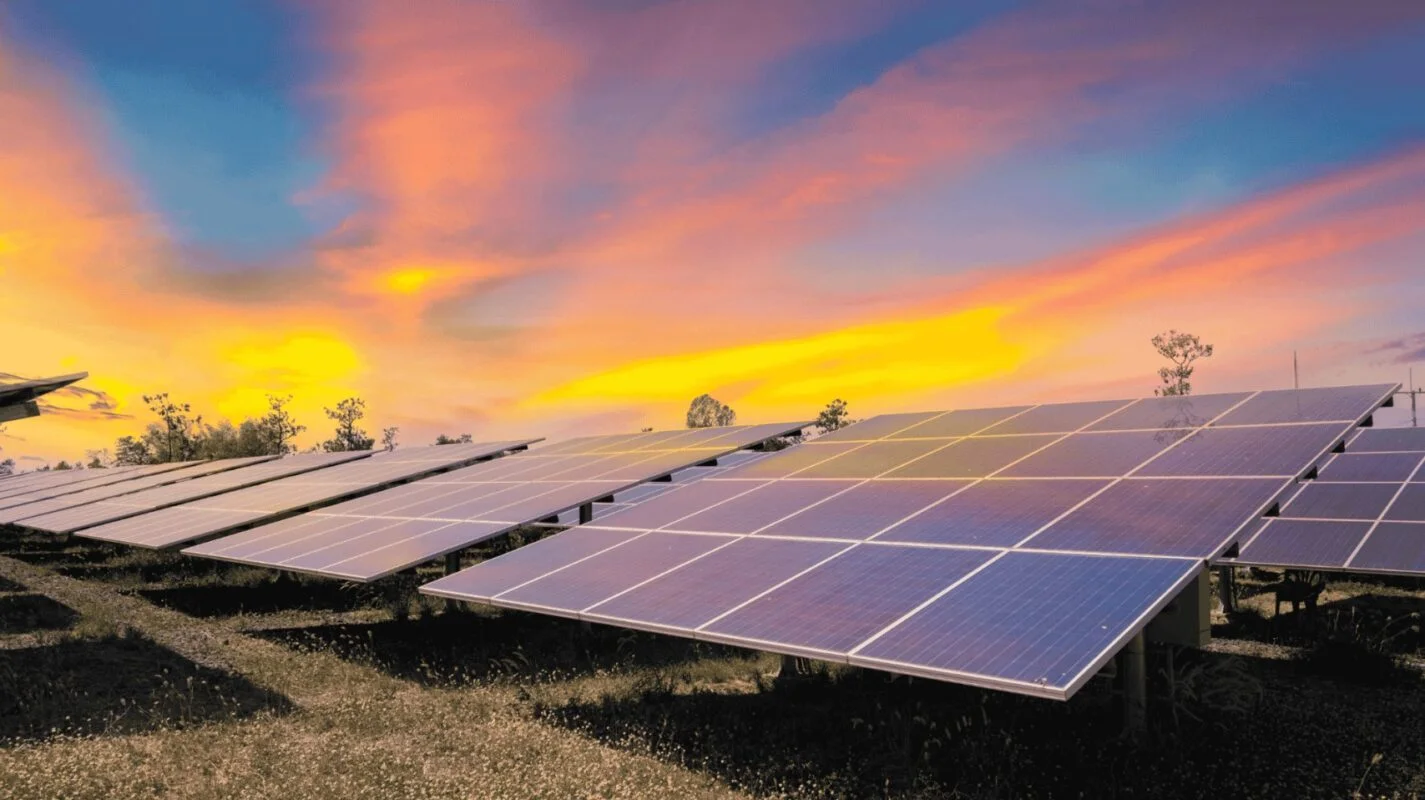The Effect of Solar Farms on Local Ecosystems
Solar Farms: The Good, The Bad, The Ecological
Solar farms are becoming an increasingly popular method of generating green energy across the world. These large-scale power plants are made up of thousands of solar panels that convert sunlight into electricity, offering a sustainable alternative to fossil fuels. While solar farms are celebrated for their contribution to the fight against climate change, there are concerns about the impact they have on local ecosystems. In this article, we explore the good, the bad, and the ecological effects of solar farms on wildlife.
The Good
One of the most significant advantages of solar farms is that they lessen our dependence on fossil fuels. Coal, oil, and gas all contribute to global warming, air pollution, and other environmental issues. Solar farms, on the other hand, produce electricity from renewable resources, which reduces greenhouse gas emissions and mitigates the negative effects of climate change.
In addition to reducing greenhouse gas emissions, solar farms provide a habitat for certain species of plants and animals. The land used for solar farms is usually cleared of trees and other vegetation, which can create new habitats for wildlife. Birds and insects, for example, are attracted to the areas around solar panels because they provide shelter and food.
The Bad
While solar farms can have a positive impact on the environment, they also have some drawbacks. One of the most significant concerns is that they take up a lot of land. In some cases, solar farms can disrupt ecosystems by fragmenting habitats and altering the natural landscape. This can have a negative impact on the biodiversity of an area, as some species may be unable to adapt to the changes.
Another issue with solar farms is that they can cause light pollution at night. This can be especially problematic for nocturnal animals, such as bats and owls, which rely on darkness to hunt and navigate. The bright lights from solar farms can disorient these animals and interfere with their behavior, which can ultimately harm their populations.
The Ecological
The ecological effects of solar farms are complex and depend on a variety of factors, such as location, size, and design. While some solar farms can be harmful to local ecosystems, others can be beneficial. For example, some solar farms are built on land that has already been disturbed, such as former industrial sites or degraded farmland. By repurposing these sites for solar energy production, we can reduce our reliance on fossil fuels and restore degraded habitats.
To mitigate the ecological impact of solar farms, some developers are incorporating ecological design principles into their projects. This includes using native plants and trees in landscaping, building wildlife corridors to connect fragmented habitats, and minimizing light pollution. By taking these steps, solar farms can be designed to promote biodiversity and support local wildlife populations.
A Brighter Future or a Threat to Local Wildlife?
In conclusion, solar farms have the potential to be a valuable tool in the fight against climate change. They offer a sustainable alternative to fossil fuels and can provide new habitats for wildlife. However, they also have drawbacks and can have a negative impact on local ecosystems. It is up to developers, policymakers, and individuals to weigh the pros and cons of solar farms and work together to design projects that are both environmentally and socially responsible. With careful planning and consideration, we can create a brighter future for ourselves and the planet.

